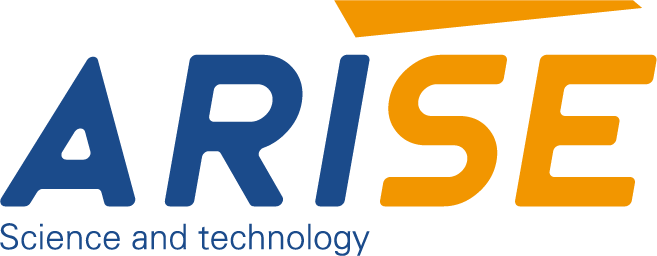The Indispensable Role of Quality Inspection Systems in High-speed Printing
In the fast-paced development of high-speed printing, maintaining consistent quality is paramount. The sheer volume of prints produced in these environments means that even minor defects can lead to significant waste, rework, and customer dissatisfaction. Quality inspection systems designed specifically for high-speed printing have become indispensable, ensuring that every print meets exacting standards.
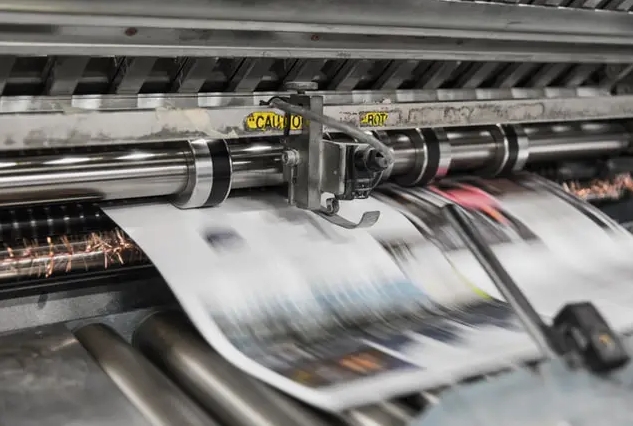
The Importance of Quality Inspection in High-speed Printing
Here’s a chart summarizing the importance of quality inspection in high-speed printing.
| Aspect | Importance |
| Ensures Print Accuracy | Maintains precise alignment, color consistency, and image clarity, crucial for high-quality output. |
| Reduces Waste | Detects defects early, preventing large quantities of flawed prints, thus saving materials and costs. |
| Enhances Customer Satisfaction | Consistent high-quality prints lead to increased customer trust and repeat business. |
| Meets Regulatory Standards | Ensures compliance with industry and legal quality standards, avoiding potential penalties. |
| Increases Production Efficiency | Streamlines the production process by minimizing errors and reducing the need for reprints. |
| Supports Brand Reputation | High-quality printing reinforces a brand’s image, ensuring professional and reliable products. |
| Facilitates Continuous Improvement | Provides data-driven insights into the printing process, enabling ongoing quality enhancements. |
| Reduces Operational Costs | Early detection of issues lowers the costs associated with waste, reprints, and manual inspection. |
| Minimizes Downtime | Quick identification of defects helps avoid prolonged stoppages and maintains consistent production flow. |
| Promotes Sustainability | Reducing waste and reprints aligns with environmentally responsible practices. |
Automated printing quality inspection systems provide the solution by continuously monitoring the printing process, identifying issues in real-time, and enabling immediate corrective actions.
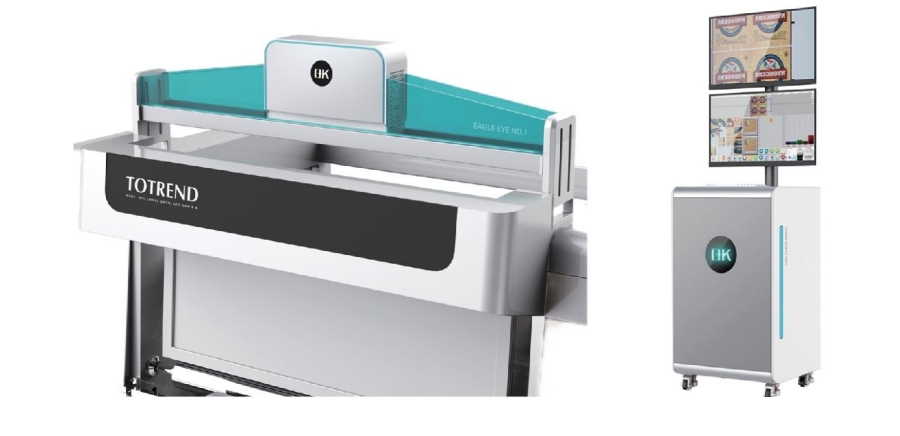
Key Aspects of Quality Inspection Systems in High-speed Printing
Printing quality inspection systems employ advanced technologies to monitor and control various aspects of the printing process, minimizing errors and enhancing efficiency.
1. High-speed Image Capture and Processing
- Ultra-fast Cameras: Equipped with high-resolution cameras capable of capturing images at very high speeds, these systems can inspect each print in real-time without interrupting the production flow.
- Image Processing Algorithms: Sophisticated algorithms analyze captured images instantly, detecting defects such as smudges, misalignments, or color inconsistencies with exceptional precision.
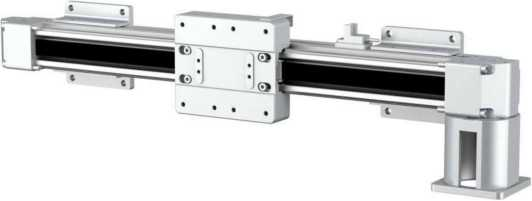
2. Real-time Defect Detection and Correction
- Immediate Identification: The system identifies defects as they occur, allowing for immediate corrective actions, such as adjusting print settings or stopping the press to prevent further errors.
- Automated Responses: When a defect is detected, the print inspection system can automatically correct the issue, whether it’s adjusting color balance, repositioning the print, or rerouting the print to a rework line.
3. Color Consistency Control
- Spectrophotometry: Integrated spectral sensors monitor the color accuracy of prints, ensuring that colors remain consistent across large print runs, which is crucial for maintaining brand integrity.
- Automatic Calibration: The system can adjust ink levels, tone, and other parameters in real-time to correct any deviations from the desired color profile.
4. Registration and Alignment Monitoring
- Precision Registration: The system continuously monitors the alignment of different print layers, ensuring they are perfectly registered to avoid ghosting, misalignment, or other printing defects.
- Real-time Adjustments: Any detected misalignment is corrected on the fly, maintaining the precision needed for high-quality print production.
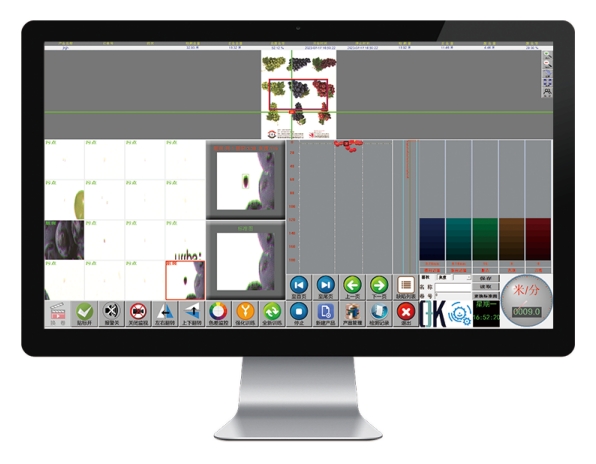
5. Automated Workflow Integration
- Seamless Integration: These inspection systems integrate seamlessly with existing printing workflows, automating tasks such as defect logging, sample inspection, and report generation, which reduces manual intervention and increases efficiency.
- Centralized Control: Operators can control and monitor the entire printing process from a central interface, making it easier to manage complex production lines.
6. Data Logging and Traceability
- Comprehensive Data Capture: The system logs detailed data on every inspection, including detected defects, corrective actions taken, and overall print quality. This data is essential for quality assurance and process optimization.
- Traceability: Each print can be tracked through the production process, making it easier to identify the source of defects and implement corrective actions.
7. User-friendly Interface
- Intuitive Design: The system features an easy-to-use interface that allows operators to set up inspection parameters, view real-time data, and generate reports with minimal training.
- Customizable Alerts: Operators can set up alerts for specific types of defects or deviations from standards, ensuring quick responses to potential issues.
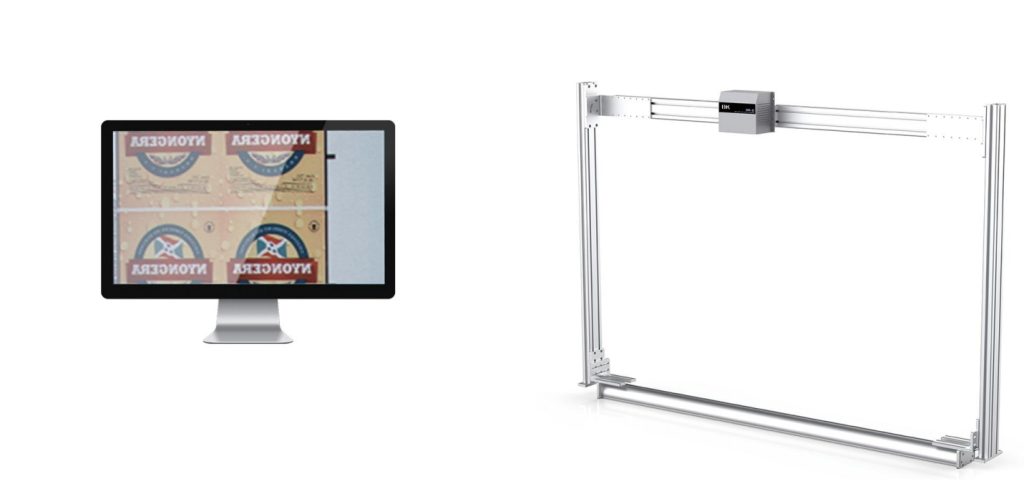
8. Enhanced Safety and Reliability
- Fail-safe Mechanisms: These systems include fail-safe mechanisms to ensure they operate within safe parameters, reducing the risk of damage to equipment or products.
- Operator Alerts: In the event of a critical defect or system malfunction, the system alerts operators immediately, enabling prompt corrective action and preventing extensive downtime.
9. Scalability and Flexibility
- Modular Design: Quality inspection systems are often modular, allowing them to be easily scaled up or down according to the needs of the printing operation. This makes them adaptable to different printing environments and production scales.
- Customizable Features: This kind of web inspection systems can be tailored to meet the specific requirements of different types of printing, whether it’s packaging, textiles, or high-volume publishing.
10. Predictive Maintenance and Diagnostics
- Condition Monitoring: The system continuously monitors its components, predicting when maintenance is needed to avoid unexpected breakdowns, thereby improving reliability and uptime.
- Self-diagnostics: Built-in diagnostics help identify potential issues before they cause major problems, ensuring consistent operation and reducing maintenance costs.
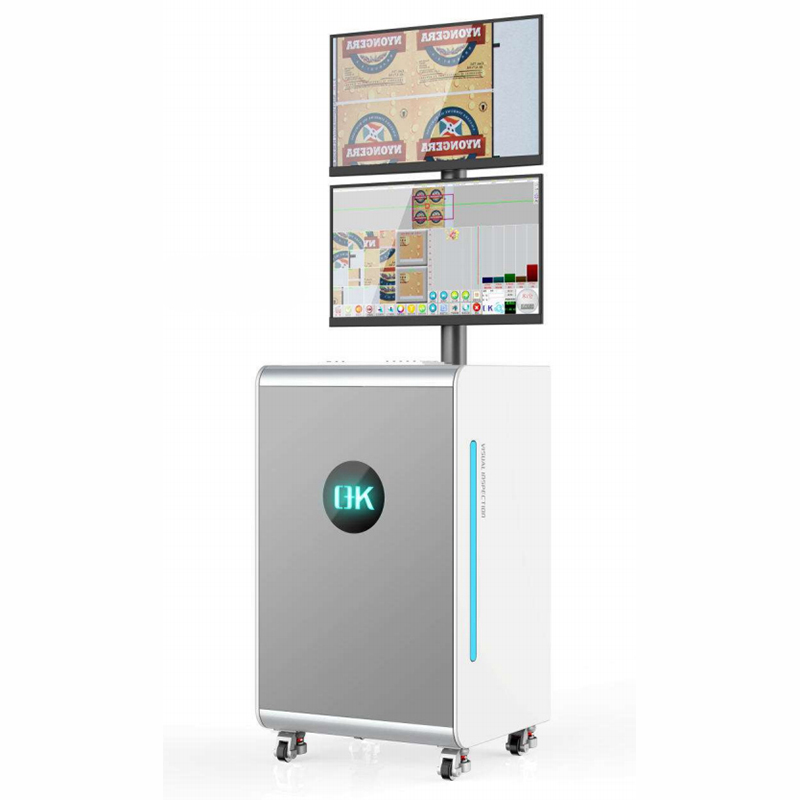
Why Choose Arise Quality Inspection System Used in High-speed Printing
The quality inspection system provided by Arise is tailored to the needs of high-speed printing, offering unparalleled precision and efficiency.
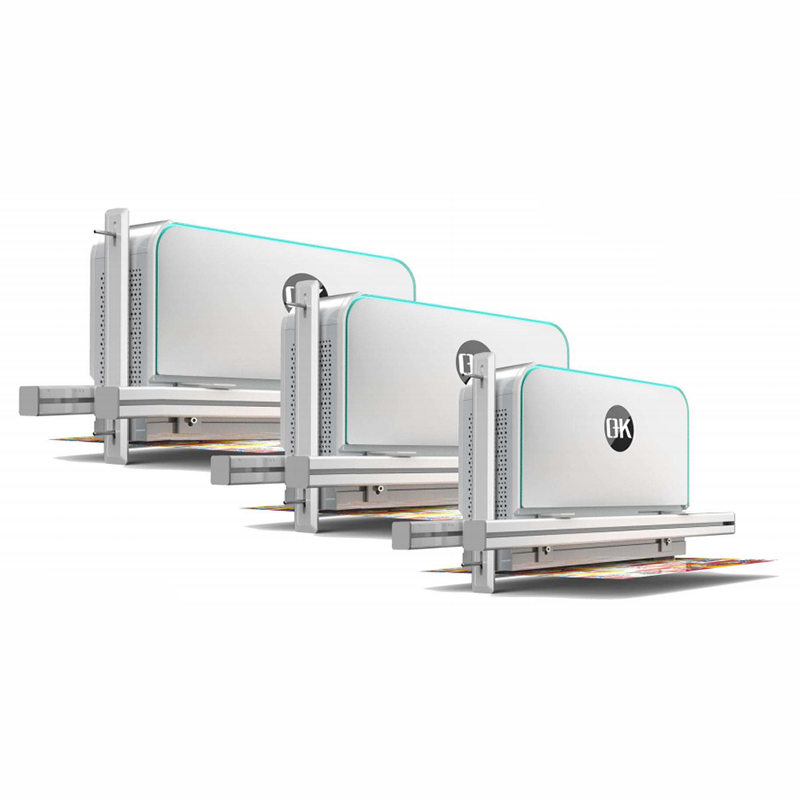
Advantages of Arise Printing Quality Inspection Systems
- Real-Time Monitoring: Arise systems are designed to monitor printing quality in real-time, allowing for immediate detection of defects or inconsistencies. This helps in maintaining high standards of print quality and reducing waste.
- Advanced Imaging Technology: The system utilizes high-resolution cameras and advanced imaging technology to detect even the smallest defects. This ensures that issues such as color inconsistencies, registration errors, and surface imperfections are caught early.
- Automation: Arise inspection machines are often equipped with automated features that minimize the need for manual inspection. This increases efficiency and reduces the likelihood of human error.
- Integration: The system can be integrated with existing printing equipment and workflows, making it easier to implement without major changes to your current setup.
- Data Analysis: Arise provides detailed reports and analytics on print quality, helping you to identify trends and areas for improvement. This data-driven approach supports continuous improvement and quality control.
- Customizable Settings: The web video inspection system can be tailored to specific printing requirements and quality standards, ensuring that it meets the unique needs of your production processes.
- Durability: Built to withstand the rigors of high-speed printing environments, Arise systems are designed for reliability and long-term performance.
- Customer Support: Arise typically offers strong customer support and service, including training for your team and technical assistance when needed.
